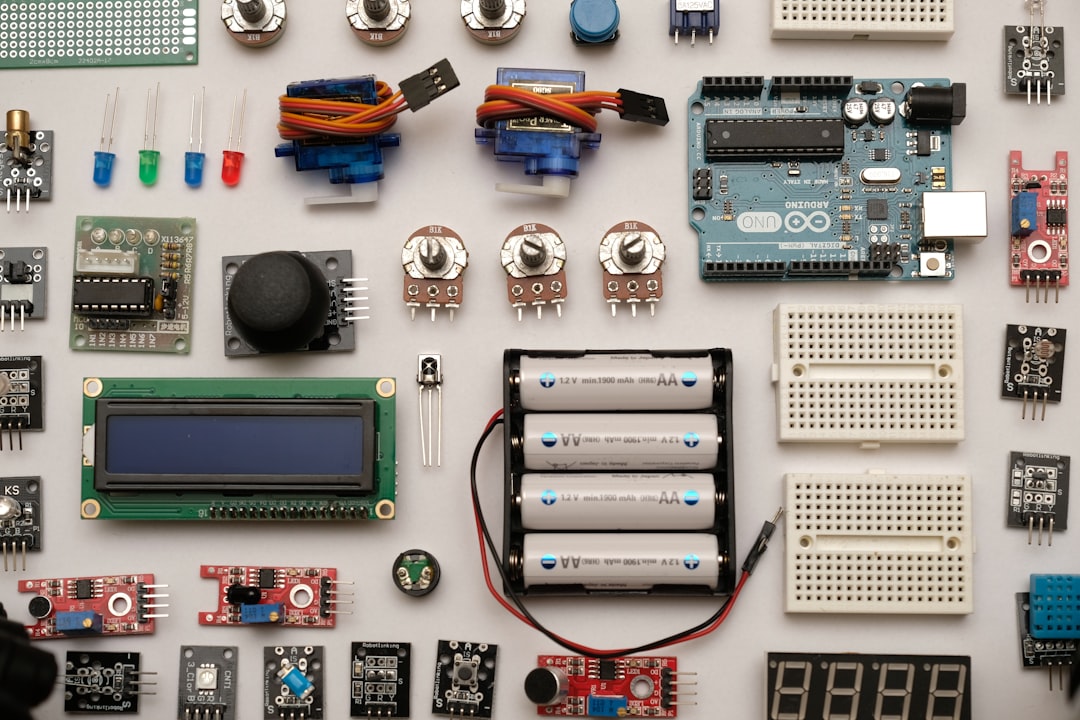Battery Reconditioning at Home with Epsom Salt
The Pros and Cons of Using Epsom Salt in Lead-Acid Batteries
Reconditioning vs ReplacementIn cases where a battery appears heavily degraded, a long slow charge might offer temporary relief but is unlikely to restore full functionality if the degradation is severe due to poor maintenance or natural wear-and-tear from repeated cycling. The precise frequency of maintenance can depend on several factors including the battery's usage intensity, environmental conditions, and the specific design and quality of the battery itself. Recommended Practices for Battery MaintenanceFor those looking to maintain or potentially improve their battery's health long-term, following manufacturer-recommended care procedures remains paramount.
Other Home Remedies: Baking Soda and AspirinOther common household items like baking soda or aspirin have also been touted as solutions for reviving batteries. Adding Epsom salt results in an artificial elevation of specific gravity readings without real improvement in battery output or longevity.
Adding Epsom salt increases the specific gravity readings without improving the sulfuric acid concentration essential for effective performance, leading only to superficial gains. It involves sending controlled electrical pulses through the battery to break down lead sulfate deposits potentially.
Such modes help prevent sulfation and stratification by balancing cell activity and mixing electrolytes thoroughly during each charge cycle. This notion stems from the fact that adding Epsom salt, or magnesium sulfate, to the cells of the battery does indeed cause an increase in the specific gravity readings of the battery's electrolyte.
